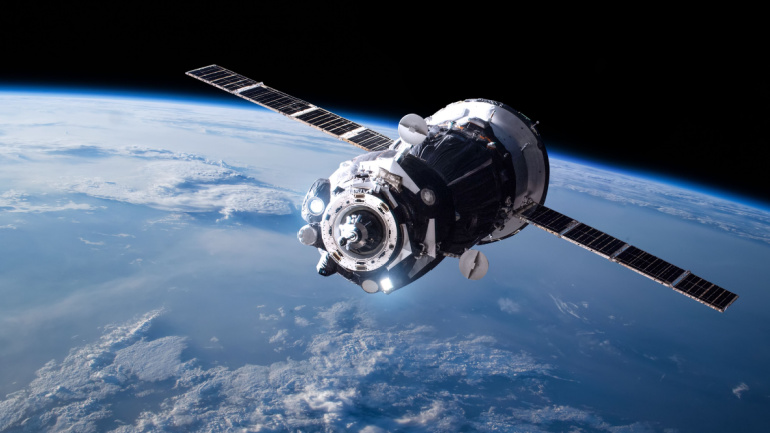In an ambitious move to enhance mobile connectivity across Japan, Rakuten Mobile has announced its plan to offer satellite-to-mobile services by 2026, partnering with AST SpaceMobile. This initiative aims to leverage AST SpaceMobile’s space-based cellular broadband network, enabling direct access to smartphones for text messaging, voice, and data services. This development comes as a response to Japan’s increasing need for reliable communication solutions, especially in areas prone to natural disasters and in remote or mountainous regions.
Japan’s geographical challenges, coupled with its vulnerability to natural disasters, underscore the importance of resilient communication systems. The initiative by Rakuten Mobile seeks to address these challenges by ensuring uninterrupted mobile connectivity through Low Earth Orbit (LEO) satellites. This technology is particularly vital in scenarios where traditional base stations and network infrastructure are compromised, as was evident during the Noto Peninsula Earthquake in 2024 when damaged routes delayed emergency responses.
Mickey Mikitani, the Chairman and CEO of Rakuten Group and Chairman of Rakuten Mobile, expressed the company’s commitment to overcoming Japan’s unique connectivity challenges. By partnering with AST SpaceMobile, Rakuten Mobile aims to ensure widespread mobile connectivity, enhancing safety and communication for residents in disaster-prone and remote areas.
The collaboration between Rakuten Mobile and AST SpaceMobile has already shown promising results, with successful two-way voice calls made between Midland, Texas, and Tokyo, Japan, using standard smartphones. This achievement, facilitated by cooperation with Vodafone and AT&T, marks a significant milestone in mobile satellite communication. Moreover, AST SpaceMobile’s testing program has achieved the world’s first 5G connection between a standard smartphone and a satellite, reaching initial download speeds of 14 Mbps.
As Rakuten Mobile and AST SpaceMobile continue to explore the potentials of satellite communications, their efforts could revolutionize how connectivity is maintained in disaster scenarios and remote locations, ensuring that mobile users remain connected regardless of terrestrial challenges.







